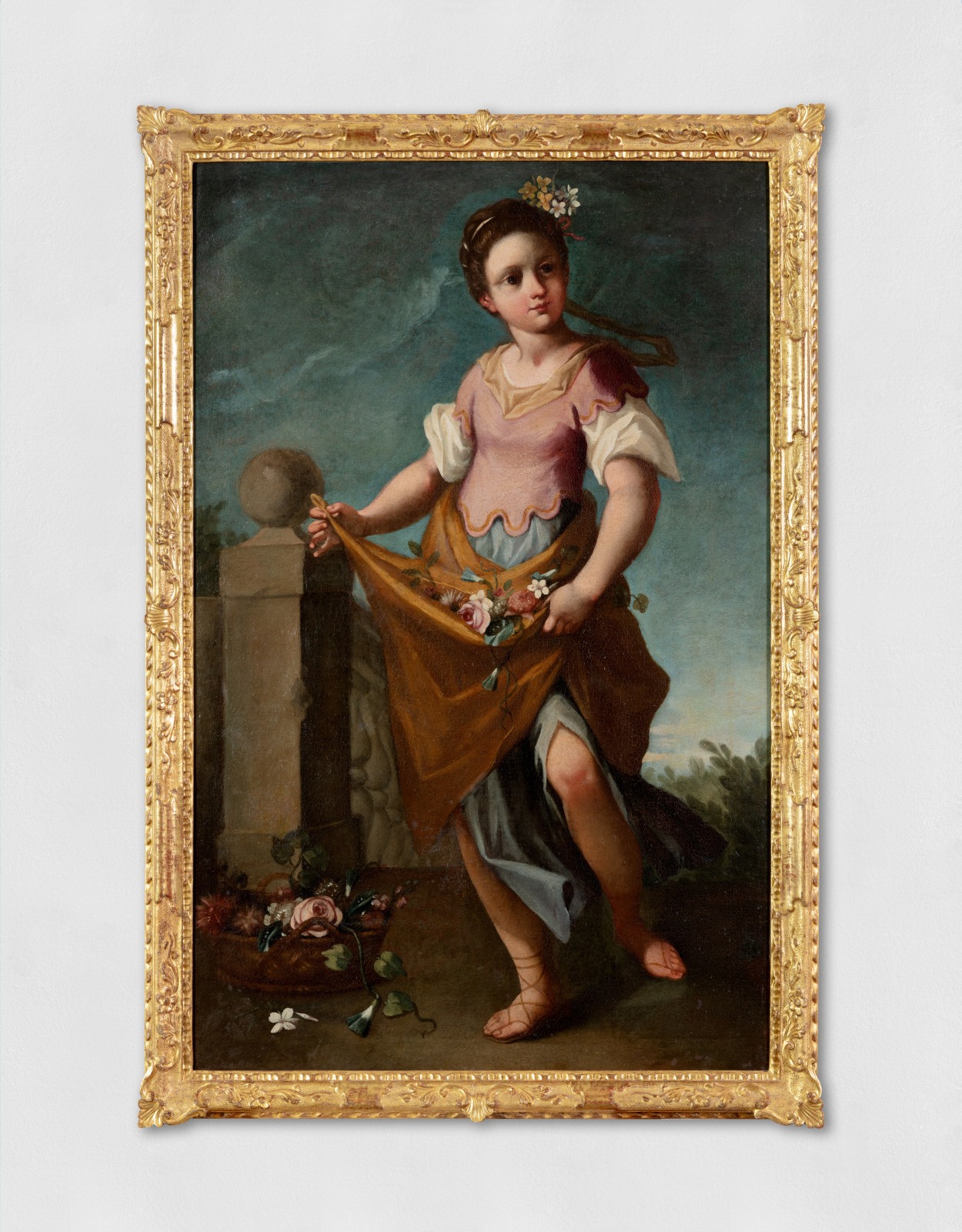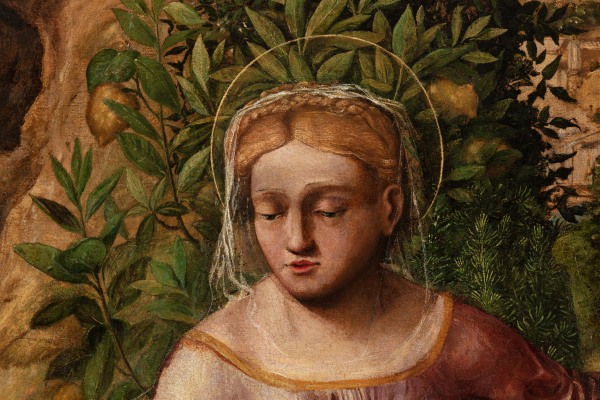-
Biography
Venetian School
The first painter to establish this dynasty was the early Renaissance artist Jacopo Bellini, the court painter of Mehmed II, Constantinople. He was one of the most important teachers instructing the painters of the High Renaissance, including Giorgione, Titian, Jacopo Vecchio, and Sebastiano del Piombo. He was drawn to landscape painting integral to the contemporary Flemish works arriving in Venice. In his Madonna paintings, he used elements of the natural world to embellish his subjects. His later style is pure High Renaissance, making a transition that few masters of his generation achieved.
Although the circle around Bellini was the most successful and progressive, other painters, such as Vittore Carpaccio, and families, such as the Vivarini and Bassano, were an integral part of the Venetian school. The early death of the mysterious Giorgione deprived the Venetian school of its most promising master. There are very few paintings by him. Some are thought to have been finished by Titian or Sebastiano del Piombo. His remaining works are filled with a hazy, brownish light that enriches the romance of their moodiness.
After Giovanni Bellini's death, Titian became the dominant force in Venetian painting for the next half-century. Although interested in both religious and classical subjects, Titian was most sought after for his psychologically penetrating portraits. In 1533 he was knighted and made court painter to the emperor Charles V.
The last masters of this phase of the Venetian school were Jacopo Tintoretto, and Paolo Veronese who were strongly influenced by Titian. Mannerist painters used Titian's dramatic light, depiction of heightened emotion, rapidly receding diagonals and dramatic foreshortenings.
The last period of significance for the Venetian school occurred in the 18th century. During this time, several important painters emerged who enjoyed international success, such as Canaletto, Giovanni Battista Tiepolo and Francesco Guardi. Tiepolo was the last important Venetian figure painter and one of the greatest decorative artists of the Rococo. Canaletto and Guardi developed a tradition of landscape painting based on views of Venice.
Photo UniCredit Group (Sebastiano Pellion di Persano)
-
Works
Veneto School XVIII Century
Giovanetta con fiori in grembo e cesta, c.1700Oil on canvas / Olio su tela / Öl auf Leinwand39 3/4 x 25 1/4 in
101 x 64 cmUniCredit S.p.A.Photo: UniCredit Group (Sebastiano Pellion di Persano)Further images
1of 2
Veneto School XVIII Century: Italian
Venetian art has always retained a great appreciation and understanding of light and colour in painting. The Venetian school flourished in the 15th, 16th, and 18th centuries.Join our mailing list
* denotes required fields
In order to respond to your enquiry, we will process the personal data you have supplied in accordance with our privacy policy.










